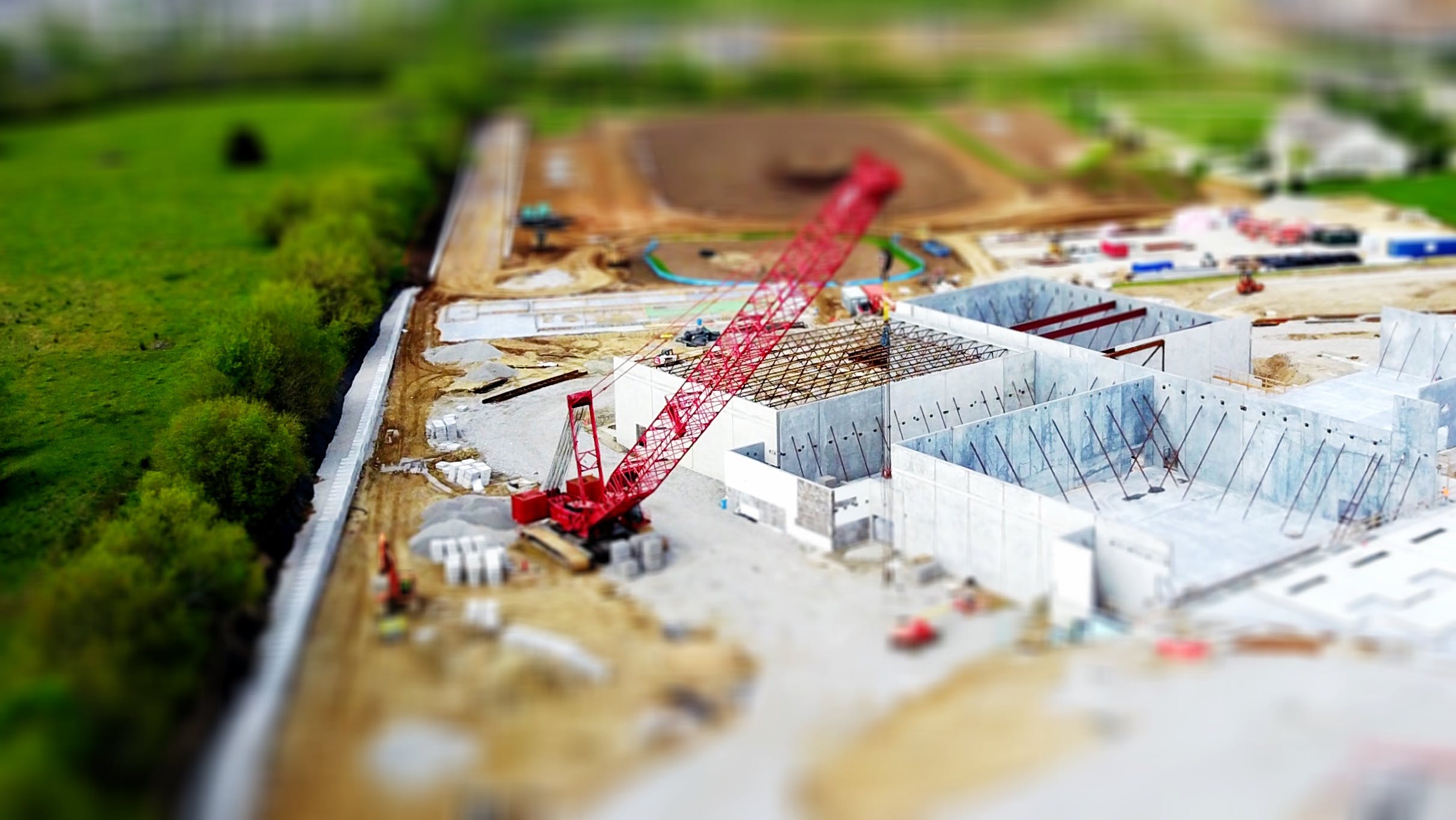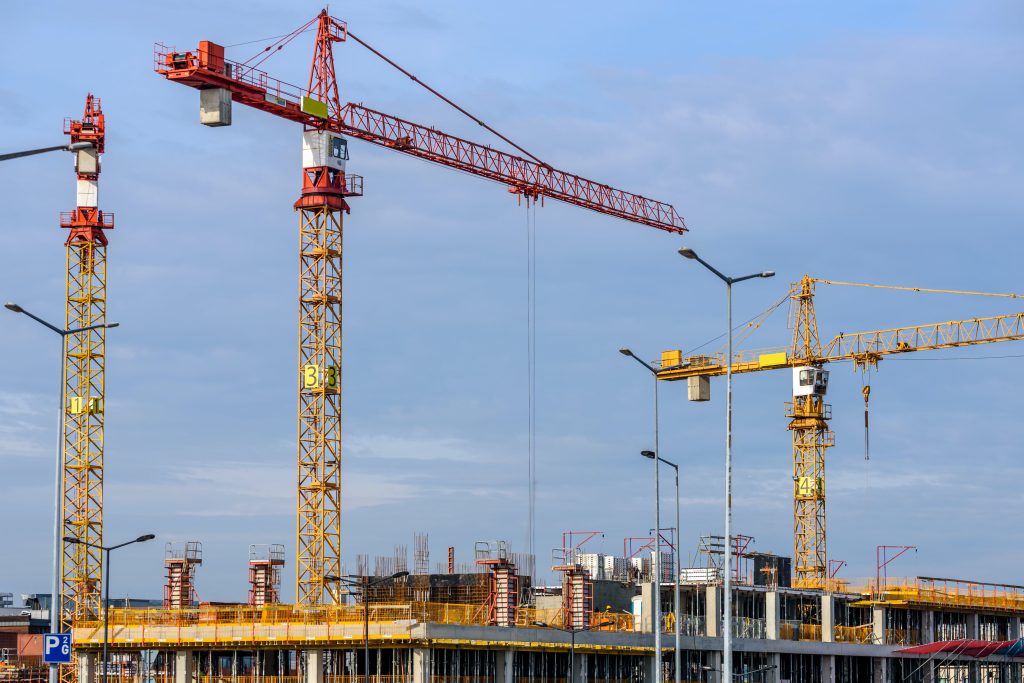Welcome to the world of metals, where we’ll embark on a journey to unravel the mysteries of ferrous and non-ferrous metals. Picture this – you’re at the heart of a bustling construction site, surrounded by the clanging of metal, sparks flying, and engineers in hard hats. Amidst all this, one critical decision looms large – the choice of metal.
Now, I may be a travel expert by day, but today, I’m your guide in the realm of structural steel detailing, shedding light on the distinctions between these two categories of metals. So, without further ado, let’s dive into the fascinating world of metal types and understand what sets ferrous and non-ferrous metals apart.
What Are Ferrous Metals?
Definition
Our journey begins with ferrous metals. These are metals that contain iron, the unsung hero of the construction world. You’ll find iron, as well as other elements, in the composition of ferrous metals. Some prime examples include steel, cast iron, and wrought iron. Yes, these are the materials that give those towering skyscrapers and sturdy bridges their strength.
Characteristics
Now, let’s talk about what makes ferrous metals stand out. One of their defining characteristics is their magnetic property. If you ever find yourself playing with a magnet and it sticks to an object, chances are it’s a ferrous metal. But it’s not all fun and games – ferrous metals have a downside too. They are susceptible to rust. Expose them to moisture and oxygen, and they’ll form that notorious reddish-brown layer called rust.
Common Applications
So, where do ferrous metals flex their muscles in the construction world? You’ll often find them in structural components like beams, columns, and girders. Their exceptional strength and durability make them the go-to choice for projects where structural integrity is paramount.
What Are Non-Ferrous Metals?
Definition
Now, let’s turn our attention to the charming counterparts of ferrous metals – the non-ferrous metals. These materials are like the smooth operators of the metal world, as they contain little to no iron in their composition. Think aluminum, copper, and brass. They’re the ones that bring a touch of class to your building projects.
Characteristics
Non-ferrous metals boast some intriguing characteristics that set them apart. Most notably, they have an admirable resistance to corrosion. Unlike their ferrous counterparts, these metals won’t easily succumb to rust, making them ideal for projects exposed to the elements.
Common Applications
Wondering where you’d encounter non-ferrous metals? Well, they shine in applications where corrosion resistance is a must. Think of roofing materials, gutters, and decorative elements. Their ability to resist rust makes them a perfect choice for projects that need to stand the test of time while maintaining their aesthetic appeal.
Differences Between Ferrous and Non-Ferrous Metals
Composition
Now that we’ve met both parties let’s talk about their differences. The most fundamental distinction lies in their composition. Ferrous metals are, as the name suggests, iron-based, while non-ferrous metals gracefully sidestep the iron issue. This difference in composition plays a significant role in their properties and applications. At Steel Detailing Australia we are the local leaders in steel, precast concrete detailing & Rebar Detailing.
Mechanical Properties
Let’s get mechanical for a moment. Ferrous metals tend to be stronger and more robust compared to their non-ferrous counterparts. They can withstand heavier loads and are the darlings of structural engineers. On the flip side, non-ferrous metals are lighter and often more malleable, making them suitable for intricate designs and decorative work.
Corrosion Resistance
Ah, the age-old battle of rust versus resilience. Here’s where non-ferrous metals have their shining moment. They stand strong against the relentless forces of corrosion, making them the heroes of projects exposed to moisture and the great outdoors. Ferrous metals, on the other hand, require protective coatings or alloys to ward off rust.
Cost Considerations
In the world of metals, the price tag can be a significant factor. Ferrous metals, being more abundant and easier to extract, often come with a more budget-friendly price. Non-ferrous metals, due to their unique properties and scarcity in some cases, tend to be pricier. So, when your project budget is tight, you may lean towards ferrous options.
Selection Criteria for Structural Steel Detailing
Project Requirements
Now that we’ve dissected the differences, how do you choose the right metal for your project? Well, it all boils down to project requirements. Consider the specific needs of your construction endeavor. Does it demand immense strength, or is corrosion resistance the top priority? Let your project’s unique needs be your guide.
Environmental Factors
Mother Nature always has a say in construction projects. Take a moment to assess the environmental conditions your structure will face. If it’s a seaside project with salty air and high humidity, non-ferrous metals might be your best friends. For indoor projects, ferrous metals may suffice.
Budget Constraints
In the real world, budgets often dictate decisions. If you’re working with limited resources, you may opt for ferrous metals to keep costs in check. However, remember that long-term maintenance costs can tip the scales in favor of non-ferrous metals, thanks to their corrosion resistance.

Structural Integrity
The safety and stability of your construction should never be compromised. Assess the structural requirements carefully. For load-bearing elements and critical structural components, ferrous metals’ strength might be your best bet. For non-load-bearing or decorative elements, non-ferrous metals offer versatility and aesthetic appeal.
Advantages and Disadvantages
Advantages of Ferrous Metals
Ferrous metals are no slouch when it comes to advantages. Their robustness and strength make them ideal for heavy-duty applications. They’re also readily available and often come at a lower cost. Plus, they’re magnetic, which can be quite handy in certain applications.
Disadvantages of Ferrous Metals
But every hero has its kryptonite. Ferrous metals are prone to rust, which can be a significant drawback in humid or corrosive environments. They can also be heavier than non-ferrous metals, making transportation and installation a bit more challenging.
Advantages of Non-Ferrous Metals
Non-ferrous metals are the elegant solution to corrosion problems. Their resistance to rust makes them a top choice for outdoor projects. They are also known for their excellent conductivity, making them valuable in electrical applications. Additionally, their lighter weight makes them easier to work with.
Disadvantages of Non-Ferrous Metals
While non-ferrous metals are corrosion-resistant, they may not match the sheer strength of ferrous metals. This can limit their use in heavy load-bearing applications. Their higher cost can also be a deterrent for budget-conscious projects.
In our whirlwind tour of ferrous and non-ferrous metals, we’ve discovered the distinct characteristics, applications, and considerations that guide their selection in structural steel detailing. The choice between these metal types is not a matter of one being better than the other; it’s about finding the perfect fit for your project’s unique needs. For information visit: https://www.steel.org.au.
So, as you embark on your next construction adventure, armed with the knowledge of these metal distinctions, remember that the right choice can be the difference between a structure that stands the test of time and one that succumbs to the elements. Choose wisely, and may your construction projects always be as solid as your knowledge of metals.
FAQ Section
Are stainless steel and cast iron considered ferrous metals?
Yes, indeed! Stainless steel and cast iron fall into the category of ferrous metals. Stainless steel is prized for its resistance to corrosion, making it a popular choice for kitchen appliances and architectural detailing. Cast iron, on the other hand, is well-known for its durability, often used in cookware and heritage-style architecture.
Can non-ferrous metals corrode?
While non-ferrous metals are generally more resistant to corrosion compared to ferrous metals, they are not entirely immune. Under certain conditions, such as exposure to harsh chemicals or extreme environments, non-ferrous metals like aluminum and copper can still corrode. Regular maintenance and protective coatings can help mitigate this.
Which metal type is more suitable for outdoor applications?
For outdoor projects that endure rain, snow, and sunlight, non-ferrous metals like aluminum and copper are often preferred. Their natural resistance to corrosion makes them well-suited for exterior use. However, specific project requirements and budget considerations should always be taken into account.
Are ferrous metals stronger than non-ferrous metals?
In general, ferrous metals are known for their strength and durability, making them suitable for load-bearing applications. Non-ferrous metals, while not as strong as their ferrous counterparts, offer other valuable properties such as corrosion resistance and lightweight construction. The choice between them depends on the specific needs of the project.
How can I determine the metal type used in a structure?
Identifying the metal type in a structure can often be done through visual inspection. Ferrous metals typically exhibit magnetic properties, which can be tested with a magnet. For more precise identification, non-destructive testing methods, such as X-ray fluorescence (XRF) or chemical analysis, can be employed by professionals.

